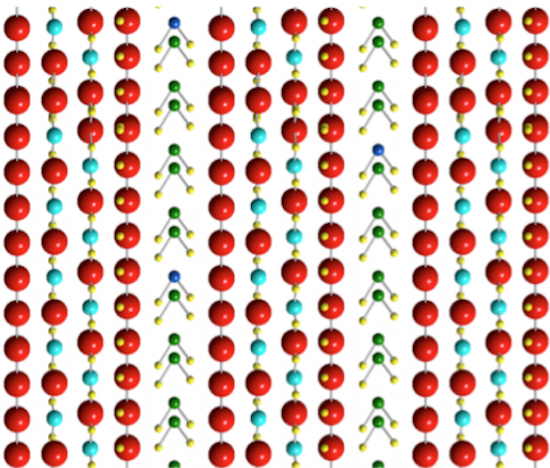Franckeite stacks simplify construction of 2D van der Waals heterostructures
Scientists at Manchester University have found that franckeite naturally stacks into 2D sheets, a discovery that could make 2D van der Waals heterostructures easier to build.

First isolated at Manchester University in 2004, graphene has been hailed as the world’s first 2D material. Its properties include exceptional conductivity and strength.
Using graphene and other 2D materials that have been discovered since 2004, scientists can layer these materials in a precise sequence called van der Waals heterostructures to create high-performance structures tailored to a specific purpose.
One of the challenges when creating these heterostuctures is the stacking of the individual components on top of each other.
However, as reported in Nature Communications, a team supervised by Prof. Robert Dryfe have discovered that franckeite - a mixed-metal sulphide mineral first discovered in 1893 - naturally stacks into 2D sheets.
This is said to result in van der Waals heterostructures that can be exfoliated down to a single layer using the method originally used to isolate graphene, namely mechanical exfoliation with Scotch tape. According to the University, this behaviour is likely to be common in a wider family of materials and could be exploited as an alternative to artificial stacking of two-dimensional materials.
Register now to continue reading
Thanks for visiting The Engineer. You’ve now reached your monthly limit of news stories. Register for free to unlock unlimited access to all of our news coverage, as well as premium content including opinion, in-depth features and special reports.
Benefits of registering
-
In-depth insights and coverage of key emerging trends
-
Unrestricted access to special reports throughout the year
-
Daily technology news delivered straight to your inbox










Water Sector Talent Exodus Could Cripple The Sector
Maybe if things are essential for the running of a country and we want to pay a fair price we should be running these utilities on a not for profit...